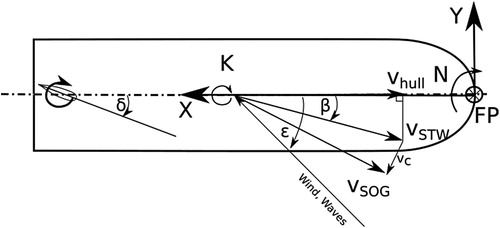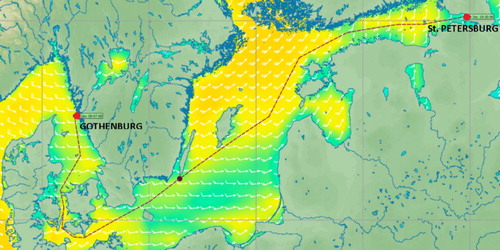Open access
3,142
Views
20
CrossRef citations to date
0
Altmetric
Articles
A 4 DOF simulation model developed for fuel consumption prediction of ships at sea
Fabian TilligDepartment of Mechanics and Maritime Sciences, Division of Marine Technology, Chalmers University of Technology, Gothenburg, SwedenCorrespondence[email protected]
 https://orcid.org/0000-0002-9886-9147View further author information
https://orcid.org/0000-0002-9886-9147View further author information
Jonas W. RingsbergDepartment of Mechanics and Maritime Sciences, Division of Marine Technology, Chalmers University of Technology, Gothenburg, SwedenView further author information
Pages 112-120
|
Received 12 Oct 2018, Accepted 07 Dec 2018, Published online: 25 Dec 2018
Related research
People also read lists articles that other readers of this article have read.
Recommended articles lists articles that we recommend and is powered by our AI driven recommendation engine.
Cited by lists all citing articles based on Crossref citations.
Articles with the Crossref icon will open in a new tab.










